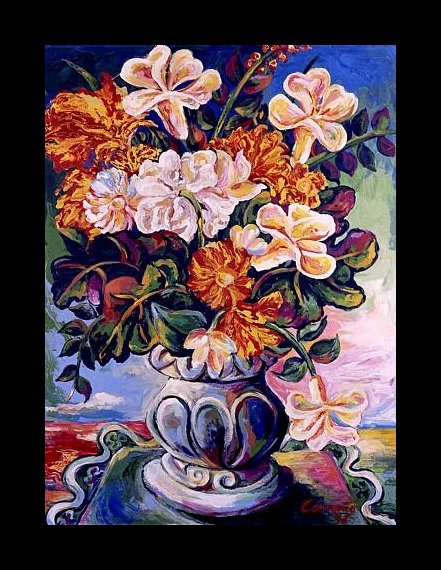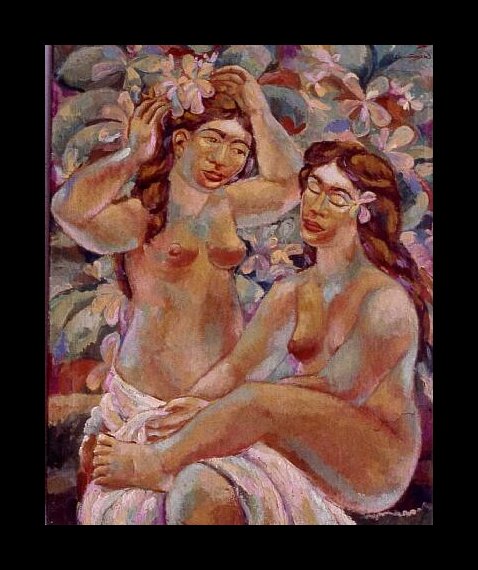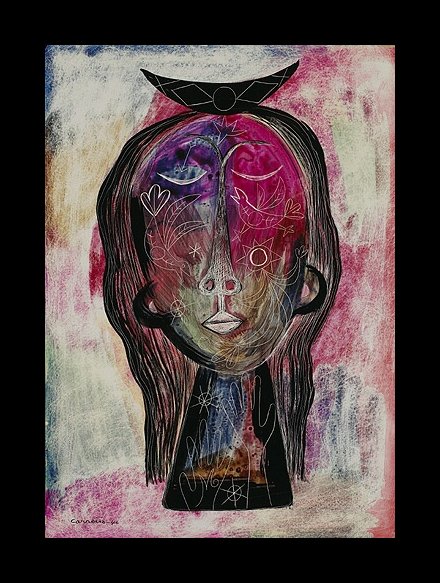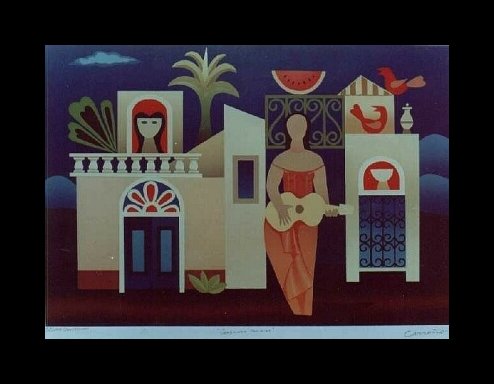Mario Carreno (1913-1999)
Get a Carreno Certificate of Authenticity for your painting (COA) for your Carreno drawing.
For all your Carreno artworks you need a Certificate of Authenticity (COA) in order to sell, to insure or to donate for a tax deduction.
Getting a Carreno Certificate of Authenticity (COA) is easy. Just send us photos and dimensions and tell us what you know about the origin or history of your Carreno painting or drawing.
If you want to sell your Carreno painting or drawing use our selling services. We offer Carreno selling help, selling advice, private treaty sales and full brokerage.
We have been authenticating Carreno and issuing certificates of authenticity since 2002. We are recognized Carreno experts and Carreno certified appraisers. We issue COAs and appraisals for all Carreno artworks.
Our Carreno paintings and drawings authentications are accepted and respected worldwide.
Each COA is backed by in-depth research and analysis authentication reports.
The Carreno certificates of authenticity we issue are based on solid, reliable and fully referenced art investigations, authentication research, analytical work and forensic studies.
We are available to examine your Carreno painting or drawing anywhere in the world.
You will generally receive your certificates of authenticity and authentication report within two weeks. Some complicated cases with difficult to research Carreno paintings or drawings take longer.
Our clients include Carreno collectors, investors, tax authorities, insurance adjusters, appraisers, valuers, auctioneers, Federal agencies and many law firms.
We perform Mario Carreno art authentication, appraisal, certificates of authenticity (COA), analysis, research, scientific tests, full art authentications. We will help you sell your Mario Carreno or we will sell it for you.
Born in Havana, Mario Carreno was immediately drawn to painting in the art world. He eventually became enthralled with graphic arts, which later led to his own stylized and geometric designs. Though born in Cuba, Carreno eventually became a Chilean national.
Schooled at San Alejandro, Carreno first exhibited his work in 1930. He traveled to Madrid in 1931 to study at the San Fernando School where he became friends with Pablo Neruda. He was not able to fully support himself on painting at this time, so he worked in graphic arts to make a living. While in Europe, he also studied in France alongside Dominican artist Jaime Colson, and also made friends with Rafael Alberti and Federico Garcia Lorca.
Once the Spanish Civil War broke out, he moved to Mexico. There, he met and worked alongside some of Mexico’s most famous muralists such as Diego Rivera and Jose Orozco, as well as other famous artists like Rufino Tamayo and Frida Kahlo. This association was greatly influential to Carreno, and afterwards, signs of Muralist influence began to infiltrate his paintings.
In the 1940’s, Carreno lived in New York City, and mainly worked on Abstract art. It was very fashionable at the time, and was the next step in his journey as an artist. While living in New York, he would often co-mingle with the likes of other Abstract artists, such as Pablo Picasso and Wilfredo Lam, which further gave him inspiration for finding his own style of painting.





Carreno’s work has generally been described as tropical surrealism, but it’s really much more than that. Like so many artists, his work embodies a culmination of his own personal history and influences, and the styling of the muralists, tropicalia, Spanish Surrealism and even commercial art can be seen in his work.
Though he never returned to Cuba after 1957, Carreno became an important teacher to a whole generation of Chilean artists. While he did not teach at one school exclusively, he would often have classes at cultural centers and was involved with the Catholic School of the Arts, as well as the University of Chile.
Even though Carreno left Cuba to live in Chile, it was not for lack of love for his home country. In fact, Carreno preferred Cuba over New York or any European city. However, the constant inner turmoil within Cuba and his protest against war and human suffering led Carreno to find peace in the plains and mountains of Chile. This more tranquil scenery was highly reflected in his work, and can be seen echoing in his landscapes as well as his themes.
While Carreno lived a generally quiet life outside of the public eye, he traveled quite extensively in search of artistic training. Spain, France, New York, Mexico, Chile, and of course, Cuba were all his homes. This great span of traveling leaves the possibility for one of his works to surface wide open. Furthermore, Carreno was well-known, but certainly not on the same level as some of his Surrealist and Abstract contemporaries. The likelihood of his work being owned in a private collection is therefore greater.
In 1982, Carreno was awarded the National Prize of Art for his work in plastic art. His works are housed in private collections and museums all over the world.
Still wondering about a painting in your family collection? Contact us…it could be by Mario Carreno.
Reviews
1,217 global ratings
5 Star
4 Star
3 Star
2 Star
1 Star
Your evaluation is very important to us. Thank you.
